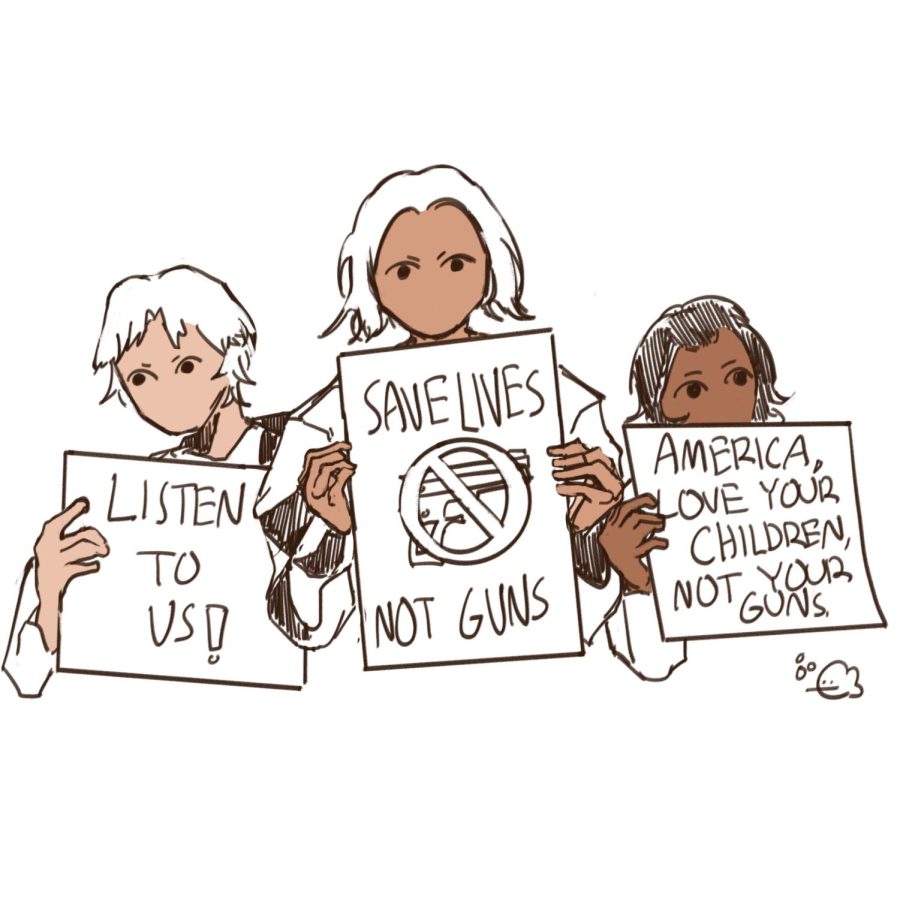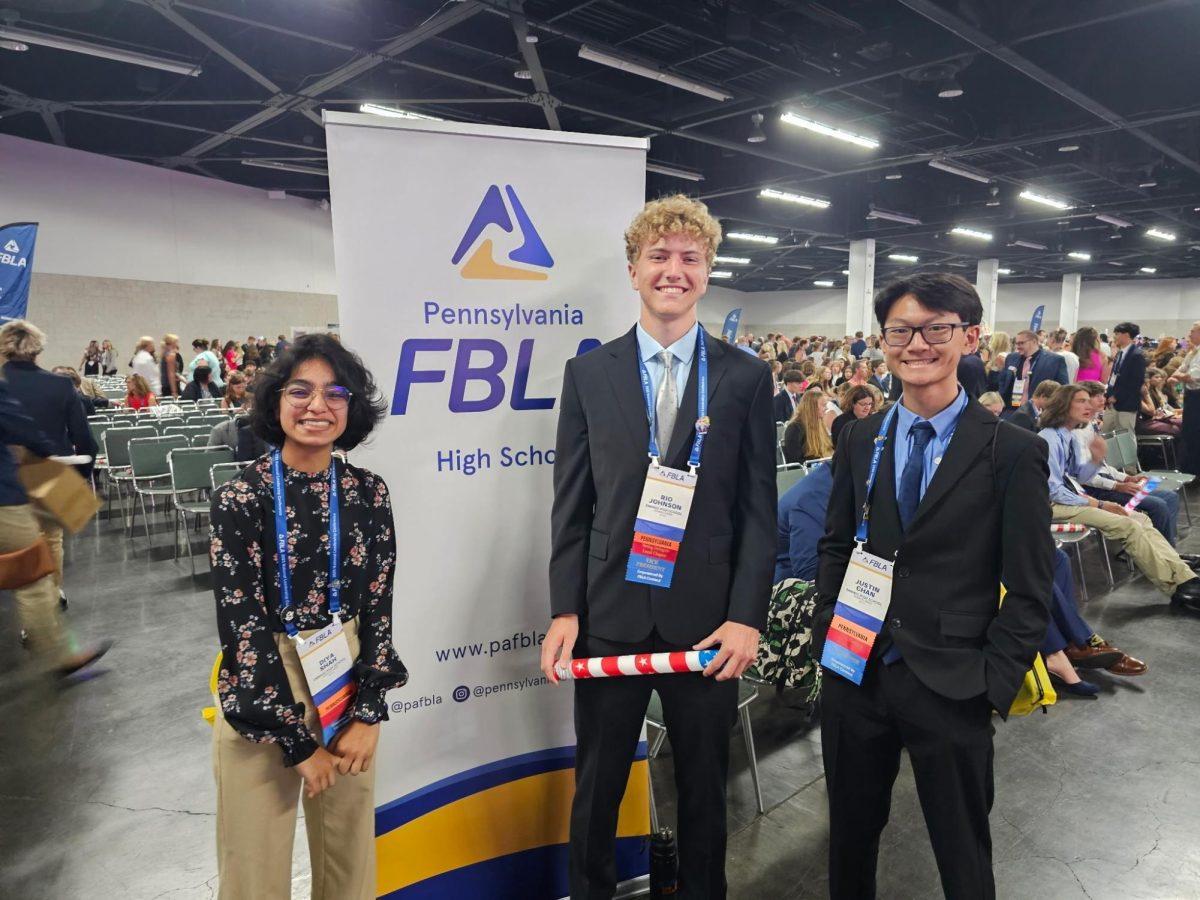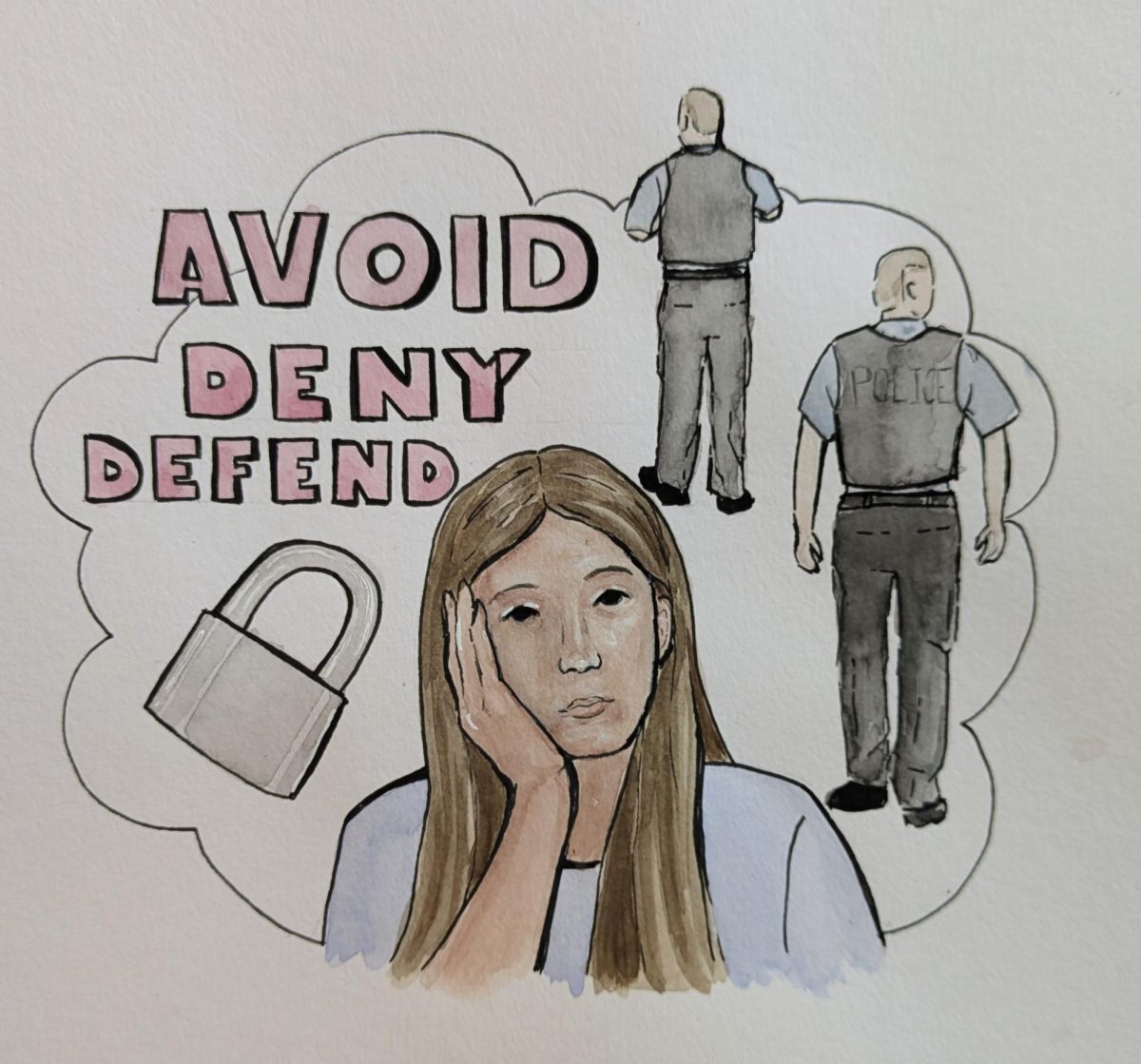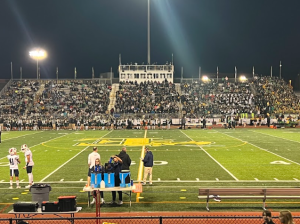Students should be active protesters
May 9, 2023
This previously ran in our April 2023 print issue.
Earlier this month, a national student walkout occurred across the country, following the horrific mass shooting at the Covenant School in Nashville, Tennessee. Tens of thousands of students left class to protest against gun violence and loose gun restrictions at noon on April 5, outraged by a continuous string of school shootings.
Student protests have been a vital part of American culture for decades. From the Civil Rights movement, to the anti-war protests of the Vietnam War era, to the March for Our Lives movement against gun violence, students’ voices have been essential in helping to bring about change.
As millions of students around the world are actively protesting the imbalance of power in Israel, unjust laws in Iran, and pension changes in France, American students are also facing several challenges at home: rampant gun violence, increased book bannings, censorship, and many more.
Some argue that students are too inexperienced or do not know enough to be active, contributing protestors. In fact, following recent student protests over the Covenant School shooting, John Harris, the head of the Tennessee Firearms Association, referred to protesting students as merely “props” of a “political agenda.” This is simply not true.
Most high school students cannot vote due to their age, so peaceful protesting is their form of civic engagement. Age should not be a barrier to standing up for one’s beliefs, and peaceful protest allows everyone, especially students, to take a stand for what they believe in to help bring about change.
Student-led protests do in fact result in change, affirming that students’ words and actions matter; not only within their school community, but also nationally. In 1960, a group of Black college students staged a series of sit-ins in Greensboro, North Carolina, propelling the Civil Rights movement forward. In 2018, following the March for Our Lives movement, 67 gun safety bills were signed into law, according to Giffords Law Center.
Student protestors aren’t limited to just walk-outs and sit-ins; while those can be incredibly powerful and effective techniques, smaller forms of protest can be just as influential.
In 1965, then-high school students Mary Beth Tinker and John Tinker planned to simply wear black armbands to school in order to protest the continuation of the Vietnam War. Their school district found out about their plan two days prior to the protest, and created a policy suspending any student who refused to remove their armband.
Nevertheless, the Tinker siblings still wore their armbands, were suspended, and subsequently sued the school district in Tinker v. Des Moines Independent Community School District, a case that eventually reached the Supreme Court. The Court ruled in favor of the Tinkers, securing the rights to freedom of speech, expression, and peaceful protest for students for generations to come.
One of the biggest strengths of student protest is its ability to amplify the voices of groups that may be marginalized. For example, the Black Lives Matter movement, which is largely driven by young people, drew international attention to the issue of police brutality and sparked a national conversation about race and justice in 2020 following the murder of George Floyd. Many students across the U.S., of all different backgrounds, participated in this historic protest, determined to ensure this kind of horrific event would never happen again.
Similarly, the March For Our Lives movement, led by students who survived the Parkland High School shooting in 2018, brought renewed attention to the issue of gun violence (particularly in schools) and prompted legislative action. Issues like gun violence and racism directly affect students’ mental, physical, and emotional health on a daily basis. Students have to peacefully vocalize their concerns as well as their desires in order to be heard and — hopefully — see change occur.
Student protests, both in America and around the globe, have constantly been a catalyst for change, shaping both national and local responses on critical issues, and demanding action from lawmakers and society at large. As younger generations begin to develop their own thoughts and ideas on how to change the world, it becomes even more important to channel it into a force for good. Their energy, passion, and commitment to justice and equality are the keys to building a better future for all.











